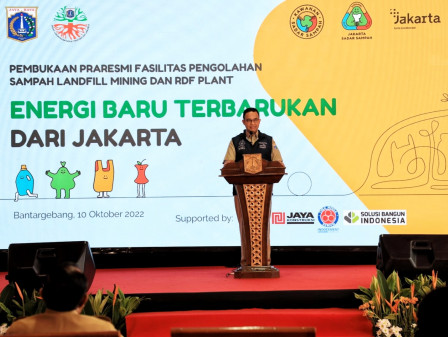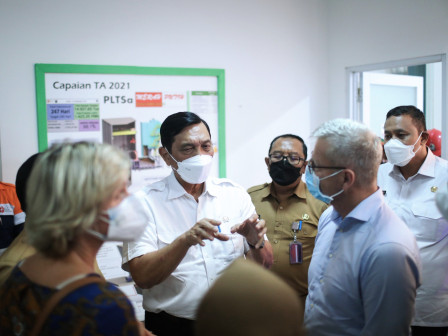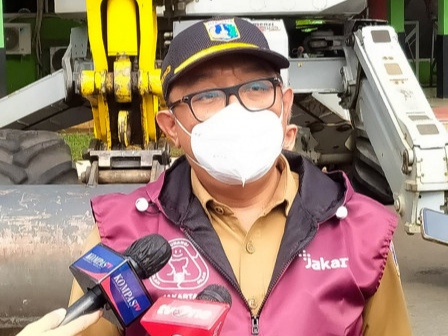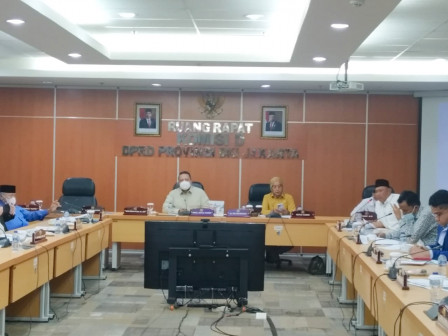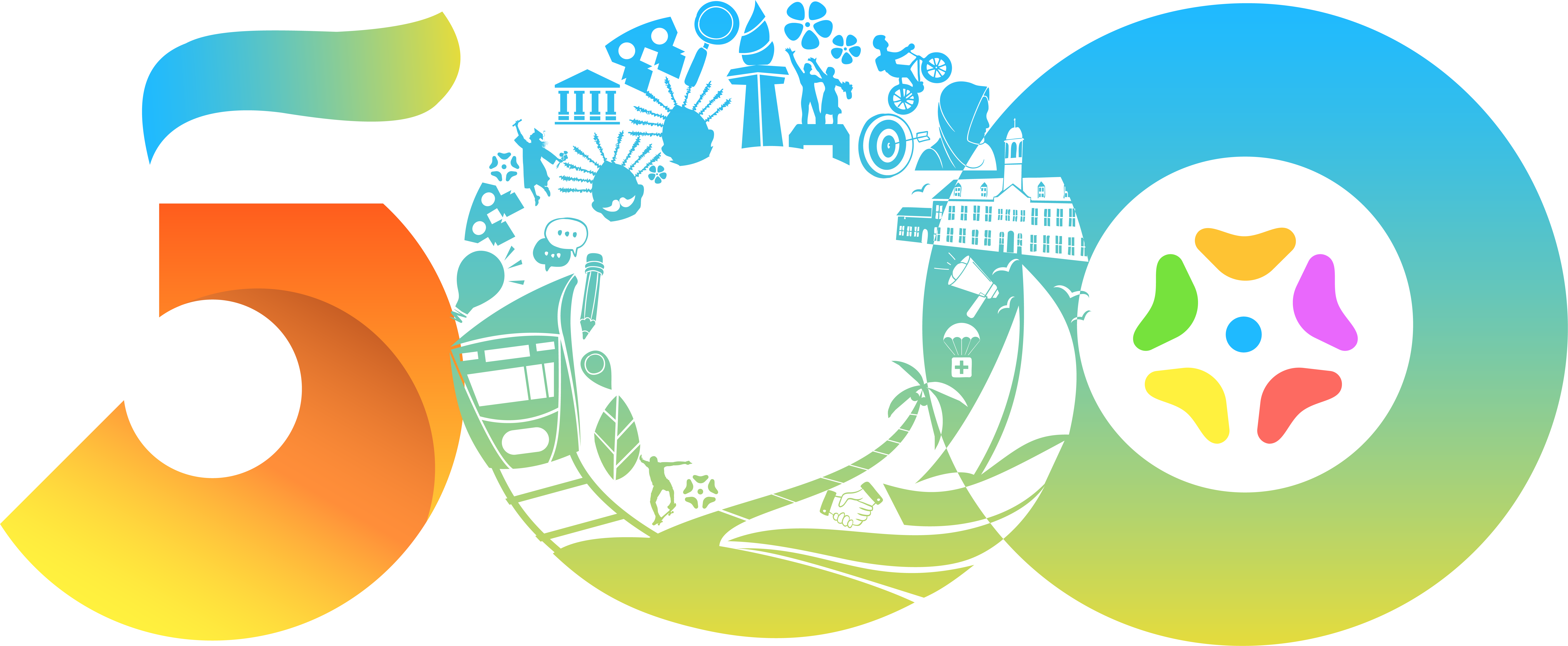Governor Anies Inaugurates Largest RDF Plant in Indonesia
Reported by Aldi Geri Lumban Tobing | Translated by Nugroho Adibrata
Jakarta Governor Anies Baswedan, inaugurated the Landfill Mining Waste Processing Facility and the RDF Plant in Jakarta, precisely at Bantargebang TPST as New Renewable Energy from Jakarta on Monday (10/10).
we have now arrived at a new chapter at Bantargebang TPST
This largest facility in Indonesia produces Refuse Derived Fuel (RDF), which is processed waste with certain calorific values and specifications, thus it can be used as an alternative fuel to replace coal.
On that occasion, he hoped that the RDF could transform the paradigm of the Bantargebang TPST into a pilot and reference project in Indonesia.
Commission D Appreciates Development of Landfill Mining Facility and RDF"Alhamdulillah, after passing through a long process, we have now arrived at a new chapter at Bantargebang TPST. Originally seen as a landfill, it is now a place for processing and piloting which will later become a reference for all of Indonesia," he expressed, as quoted by Jakarta PPID's press release, Monday.
Not only the place but also the paradigm of most people regarding waste, which is one of the important instruments for us to realize that waste also has more value and can start to manage it properly.
“This means that a changing paradigm will be contagious. When we view waste as a shared responsibility and waste as something that can be further utilized, the change will have an impact from upstream where the waste is produced, later downstream where it is processed," he added.
Further, this RDF is very much in line with the Jakarta administration's campaign "Jakarta Sadar Sampah" movement (Jakarta Awareness of Waste), as learning and awareness building can be started from things like those introduced to the younger generation, thus they will form habits and culture in society.
"Ladies and gentlemen, I always carry the symbol on this vest, this is now our symbol "Jakarta Sadar Sampah". This is because we have to build this into a movement anywhere and anytime,” he continued.
"Hopefully, the project will be completed which will not only facilitate the current energy needs, but also I hope this place is prepared for learning for our children. Changes in perspective on the remaining waste residues must be done patiently. It takes time, because from the start of knowledge, there is a process of habituation, then later it becomes a habit. Once it becomes a habit, it becomes a culture. If it becomes a culture, it becomes a new civilization." he continued.
The Landfill Mining and RDF Plant waste processing facilities are built using the design-build construction method and carried out for 317 calendar days, starting from February 17, 2022, to December 30, 2022, and are targeted to be ready to operate from January 2023.
They are placed on a 74,914-square-meters wide inside the Bantargebang TPST. The work itself has touched 82 percent and is targeted to be completed by the end of this year.
It has a capacity of 1,000 tons/day of old waste and 1,000 tons/day of new waste, as well as can produce Refuse Derived Fuel (RDF) as much as 700 – 750 tons/day.
The resulting RDF will then be used by the cement industry as an environmentally friendly fuel in cement production. the RDF takeover from waste processing at Bantargebang TPST, namely two cement industries, PT Indocement Tunggal Prakarsa Tbk is ready to receive a minimum of 550 tons of RDF/day and PT Solusi Bangun Indonesia is ready to utilize 150 tons of RDF/day.
The process of processing waste into RDF consists of screening, separating, shredding, and drying stages. Its quality produced will meet the technical specifications for the cement industry, including a minimum calorific value of 3,000 kCal/kg, maximum moisture content of 20%, and a maximum size of 5 cm.
Jakarta Environment Agency (LH) Head, Asep Kuswanto uttered that they have environmental pollution control facilities (Wastewater Treatment Plant) and environmental quality monitoring (Air Quality Monitoring Station).
He hoped that the project could be on schedule, budget, and quality. Moreover, it was also to support the recovery of the national economy after the Covid-19 pandemic through the absorption of local workers and the use of domestic production.
"We have also prepared an institution for the management of this facility in the form of the Regional Public Service Agency for the Integrated Waste Management Unit (BLUD UPST)," he said.
